Set up the PortaMon in 6 steps - NIRS device for muscle oxygenation measurements
The PortaMon is the gold standard device in measuring muscle oxygenation in sports research – it is wearable, light-weight and wireless. Using Near-Infrared Spectroscopy (NIRS), it measures relative changes in hemoglobin and tissue saturation index (TSI), the percentage of oxygenated hemoglobin, in local muscle tissue.
With the PortaMon, it is possible to perform both online measurements easily through Bluetooth connection, as well as offline measurements over a larger distance, as data can be stored on the device and downloaded afterward.
Watch our newest video and discover how to correctly set up the PortaMon in only six easy steps!
Although fNIRS is relatively insensitive for motion artefacts, they cannot be completely prevented. Fortunately, there are various ways to detect motion artefacts. In this second part of our blogpost series on motion artefacts, we explain different methods of detections and elaborate on their advantages and disadvantages.
In 2024, an increasing number of exciting papers measuring muscle NIRS with our devices have been published. In this blogpost, we depict application fields and purposes of using NIRS to measure muscle oxygenation, and highlight relevant studies published in the last year using Artinis devices per category. Further, we show recent publications targeting to assess reproducibility in muscle NIRS.
NIRS can be used to measure brain and muscle oxygenation at the same time to get a complete picture on oxygen status in the body. We are happy that in 2024 an increased number of studies using NIRS on brain and muscle simultaneously in various application fields was released. Read this blogpost to learn more about application areas of NIRS to assess cerebral and muscular oxygenation, and highlighted publications of last year per category.
NIRS can be applied on any tissue enabling to measure brain and muscle oxygenation simultaneously. Read this blogpost to learn more about application areas employing NIRS on muscle and brain at the same time, recently published literature and solutions Artinis offers to make this possible.
We are proud that in 2023, an increasing number of publications using our NIRS devices to measure muscle oxygenation was found. In this blogpost, we list application areas with papers released last year utilizing our devices. We also highlight and summarize interesting publications per application category.
We are proud that several papers using our NIRS devices to measure muscle oxygenation from different body parts and in various application fields were published in 2022. Read this blog post to get an overview of application areas NIRS can be used in, and which devices can be applied. Also, find highlighted publications per category that were performed with our devices in 2022.
Tissue Saturation Index (TSI) is an absolute measure for the local tissue oxygenation in tissue beneath the sensor. To obtain TSI, a technique called Spatial Resolved Spectroscopy (SRS) is used. TSI can be measured in both brain and muscle. Some of our devices provide the possibility to acquire absolute TSI, next to relative concentration changes in oxy- and deoxygenated hemoglobin. Learn more about the TSI and how to correctly use it in this blogpost.
More than 110 papers using our (f)NIRS devices in neuro- and sports science areas were submitted last year. This blog post gives an overview of all papers published in 2021 using Artinis (f)NIRS devices for different application fields/categories, including cortical brain research, sport science, clinical and rehabilitation, hypoxia research, hyperscanning and multimodality.
With the PortaMon, it is possible to perform both online measurements easily through Bluetooth connection, as well as offline measurements over a larger distance, as data can be stored on the device and downloaded afterward. Watch our newest video and discover how to correctly set up the PortaMon in only six easy steps!
To provide professional intensive care specifically fit to cure COVID-19, hospitals need the appropriate space and equipment. Health care professionals have been working with limited resources in extreme environments but knowledge and experience is rapidly expanding. Several institutes have been implementing NIRS to study the endothelial and microvascular dysfunction to support the development of targeted and individualized therapies.
If you don’t have time to read our extensive manuals, but would still like some quick pointers on how to start a measurement with one of our state of the art fNIRS devices… you’re in the right place! In this blog we will get you set-up in no time and discuss some of the analysis options our proprietary software, OxySoft, offers.

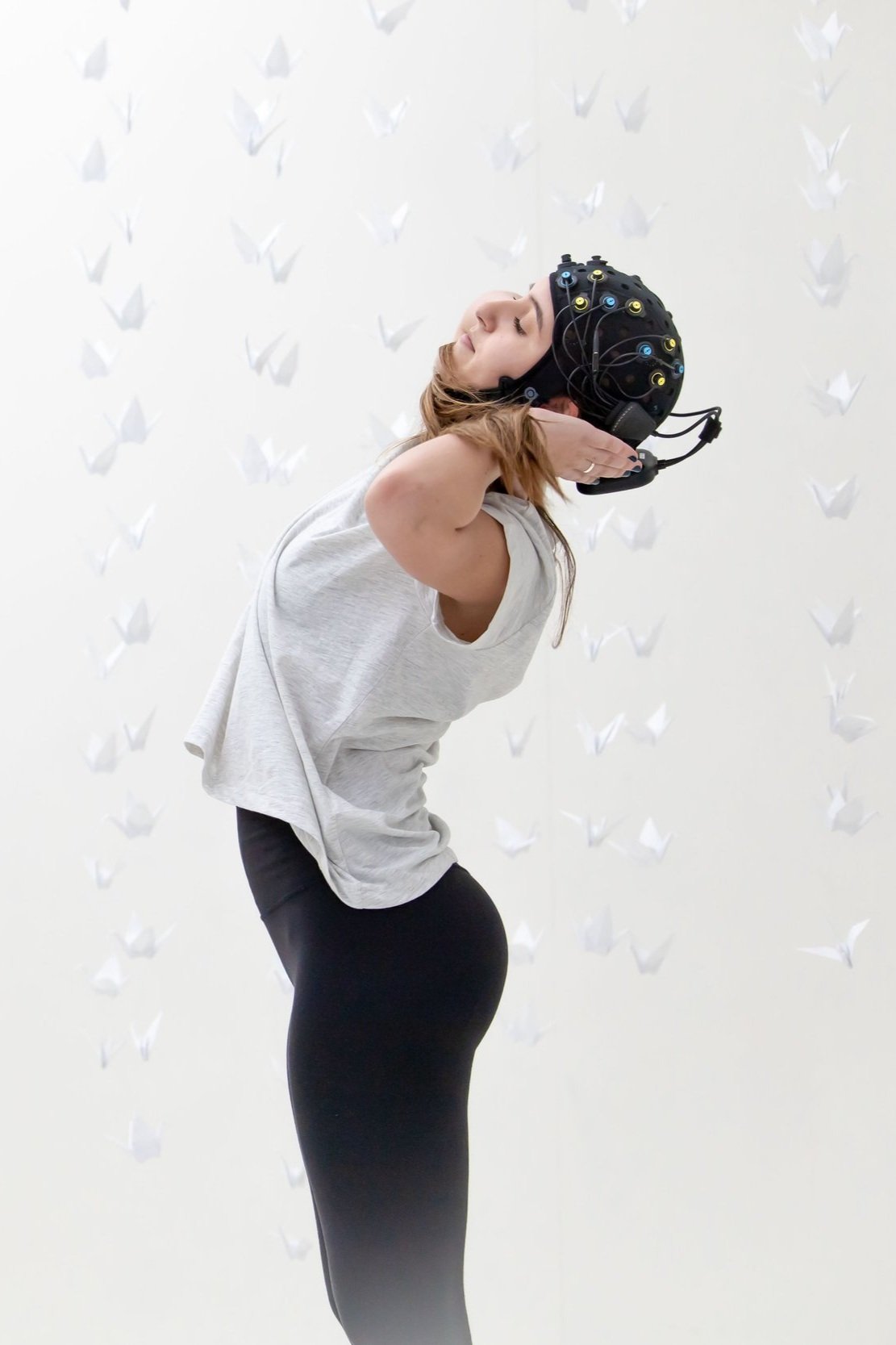
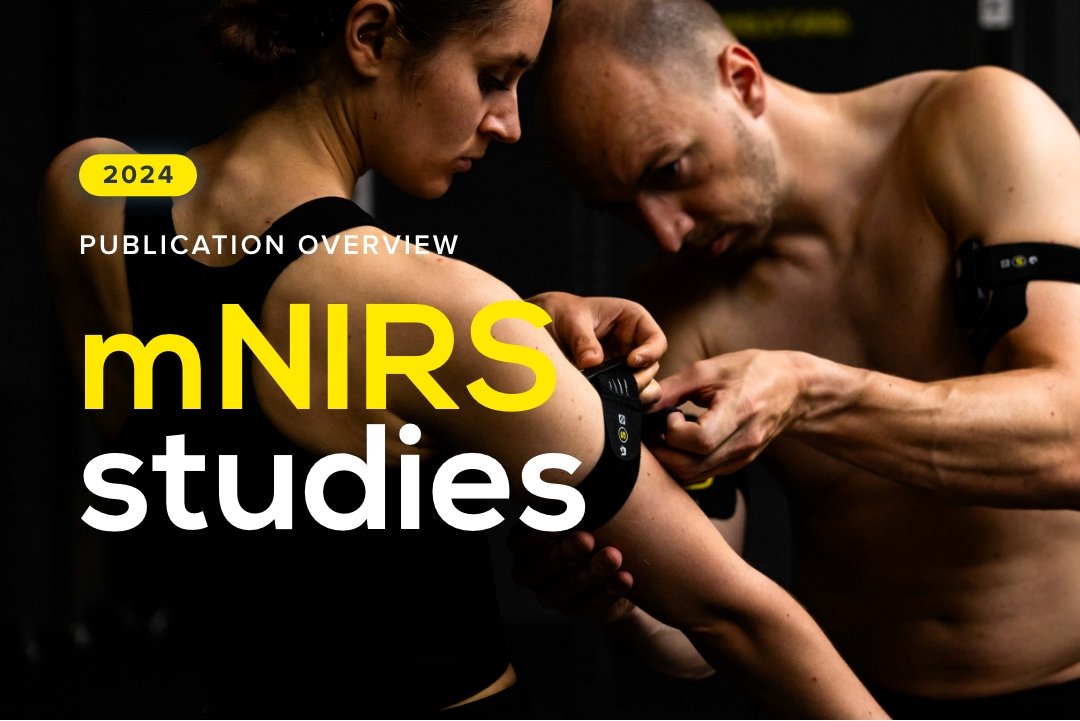
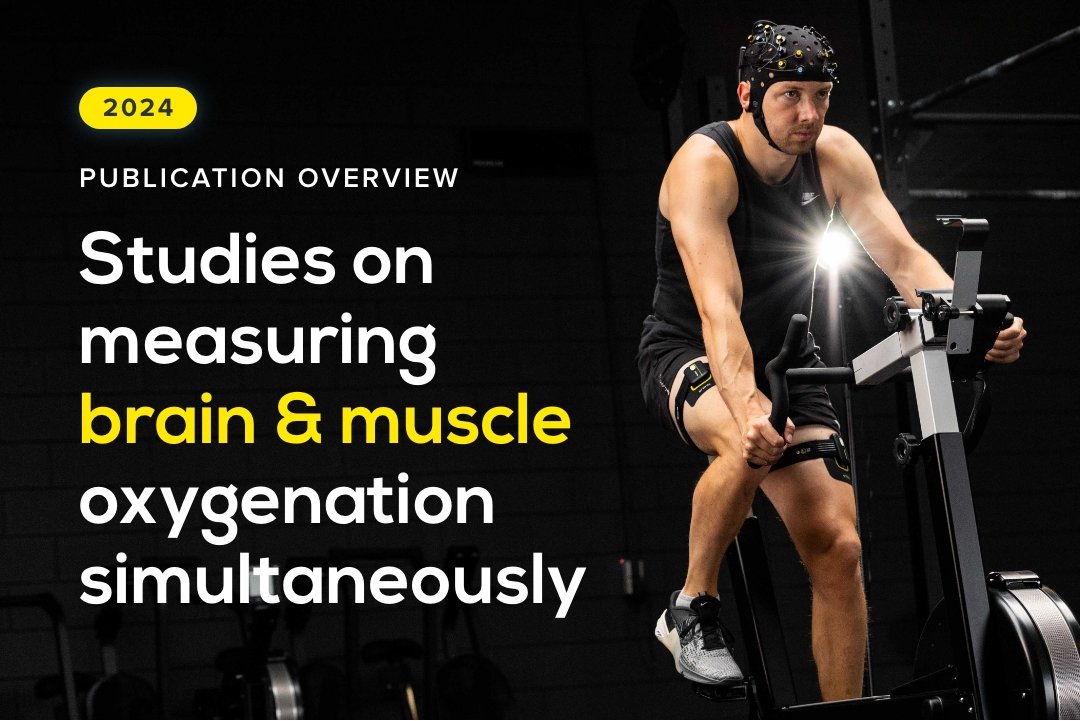
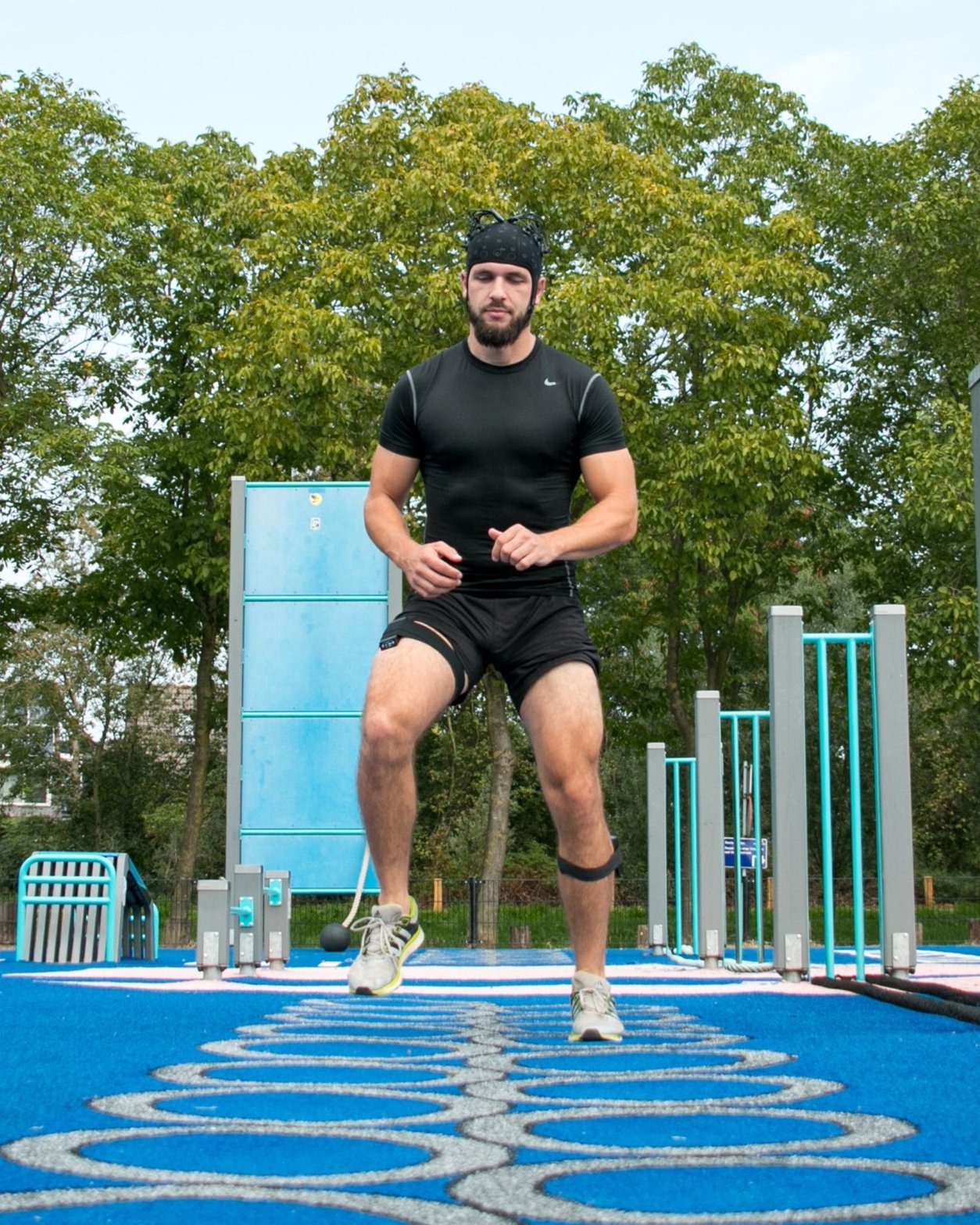
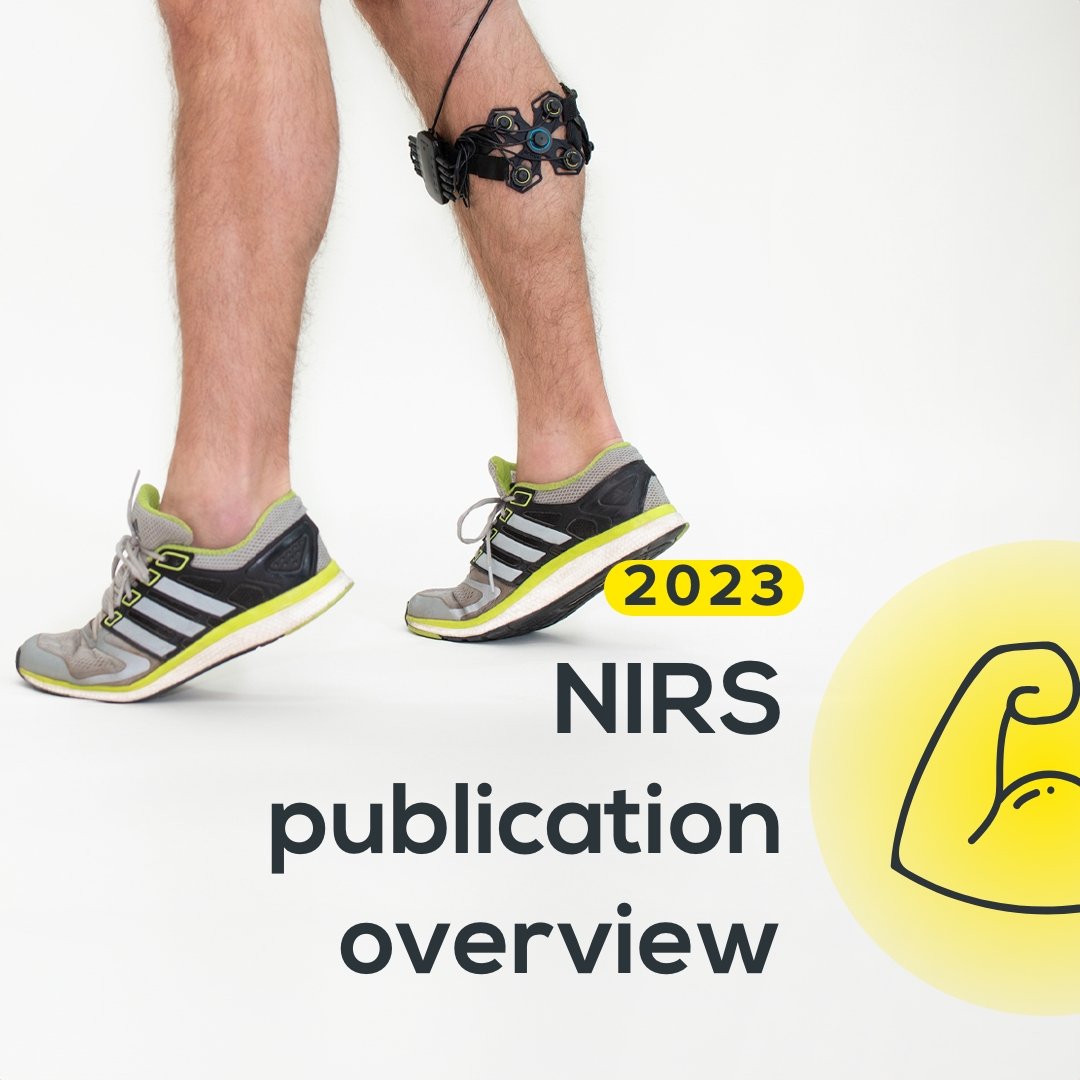
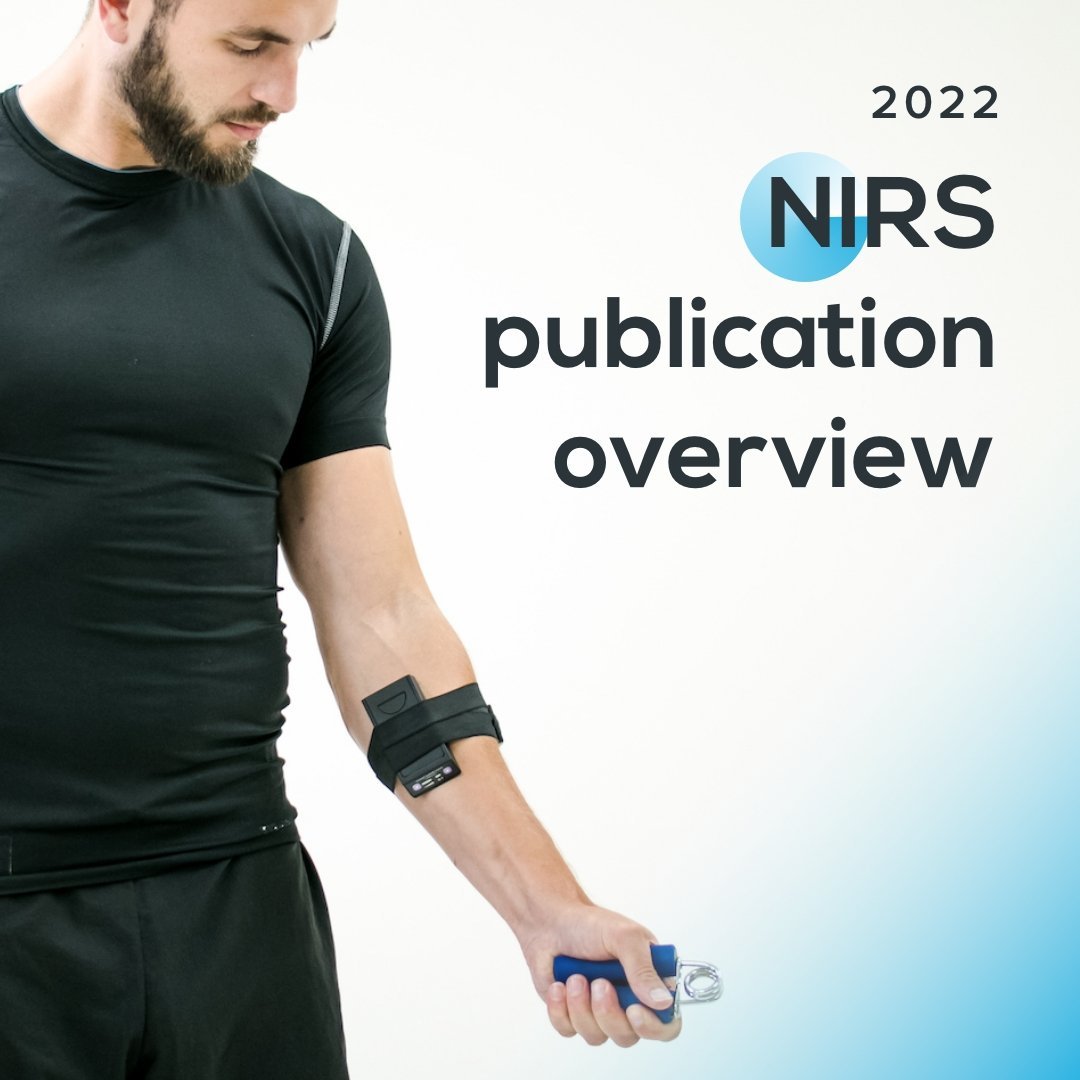
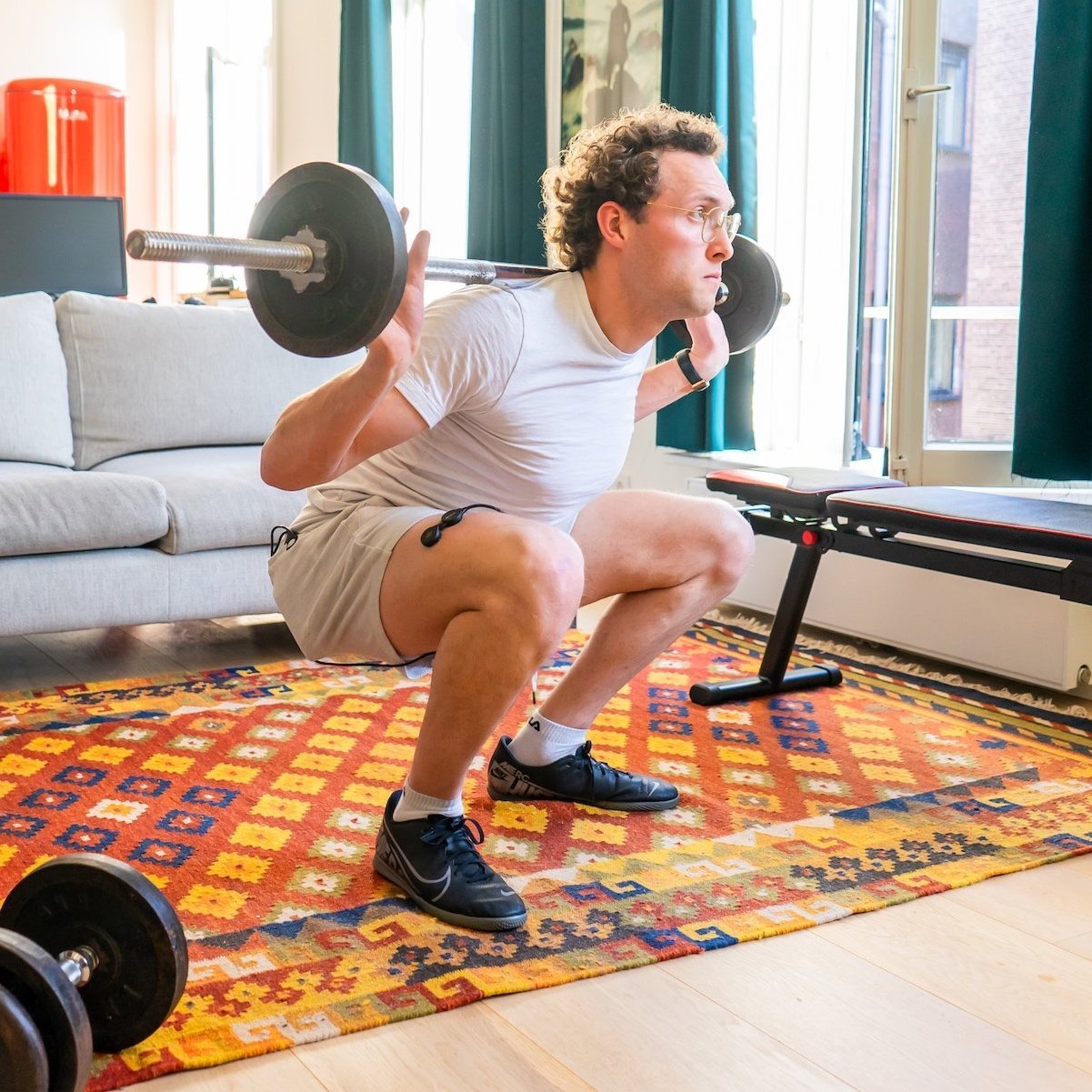
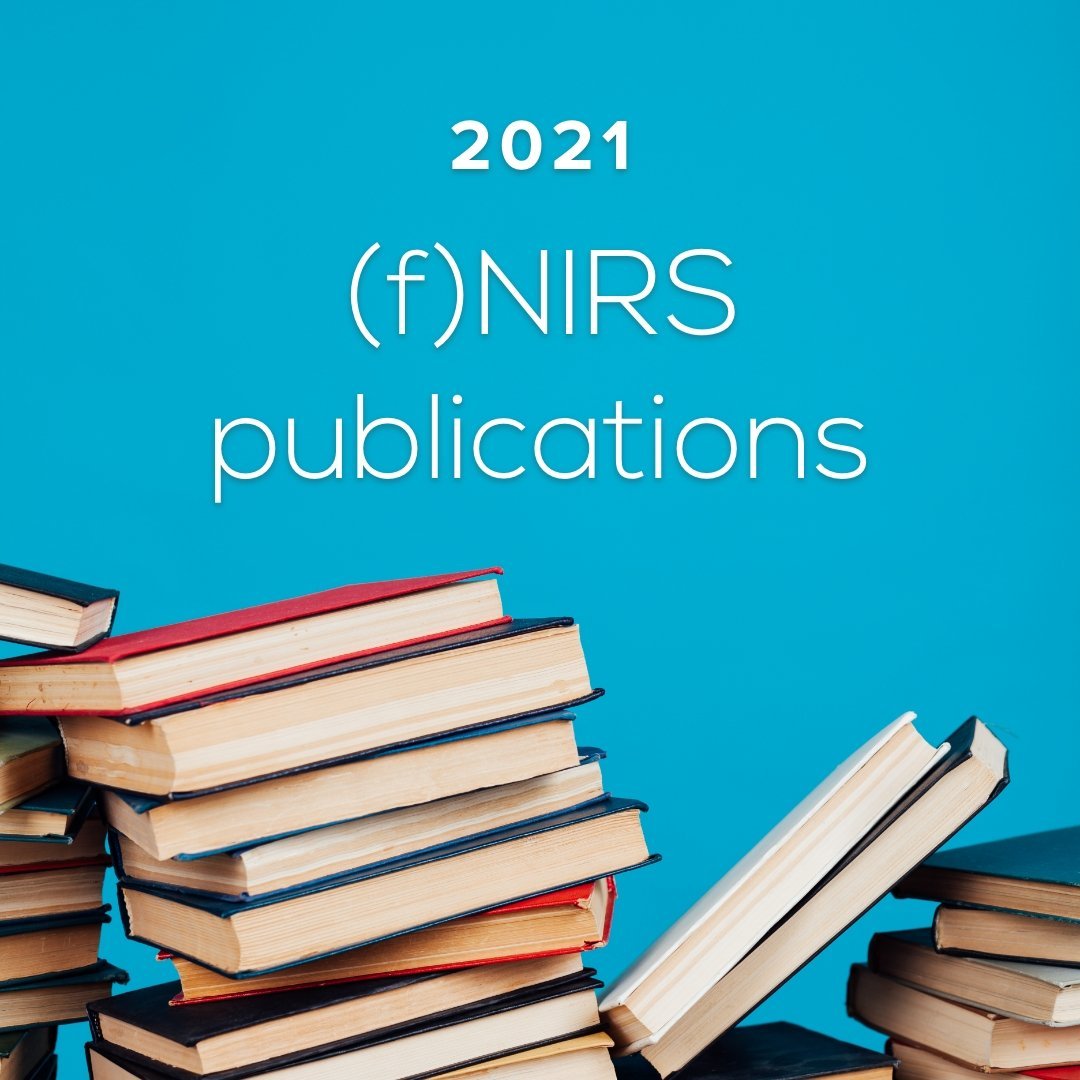
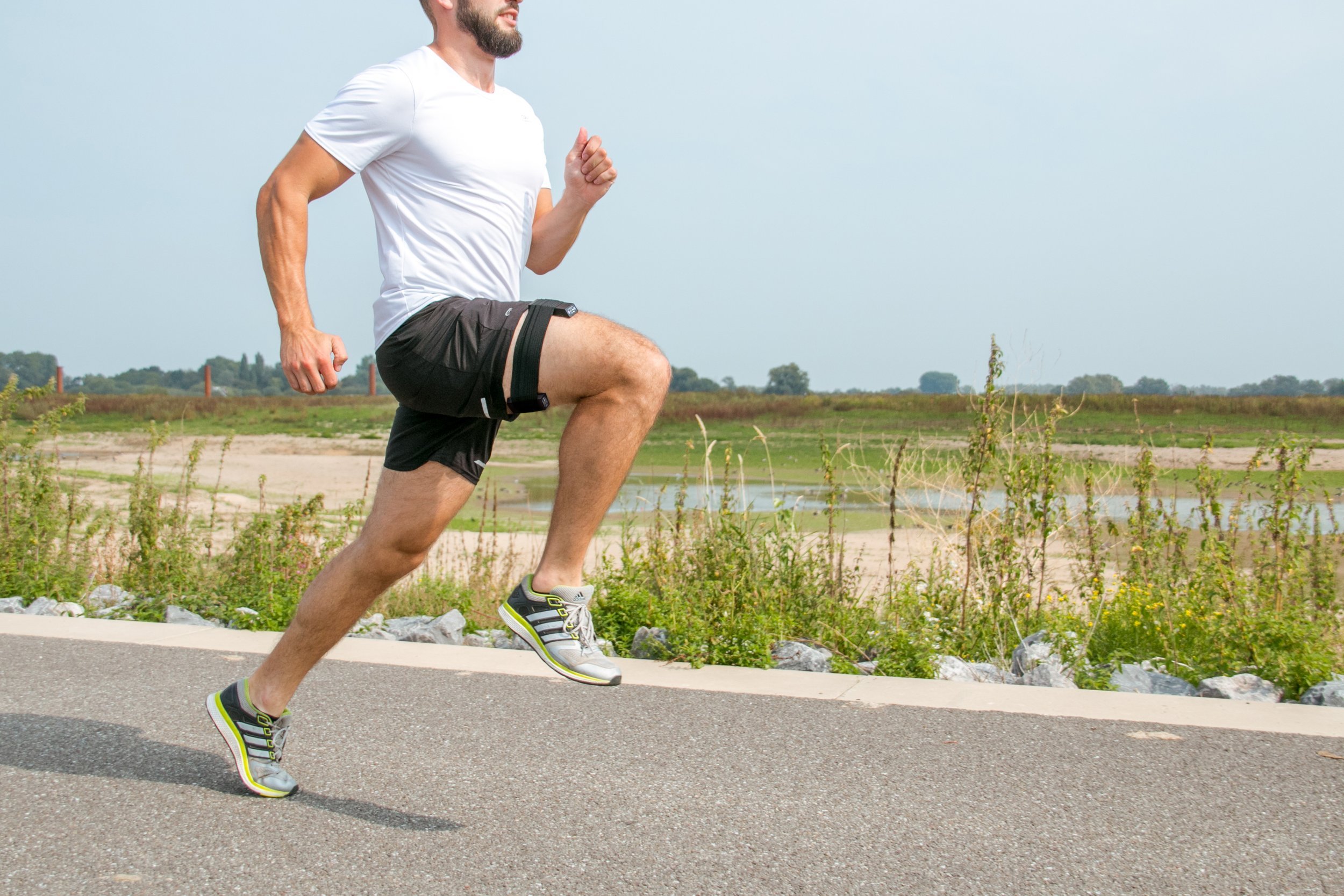
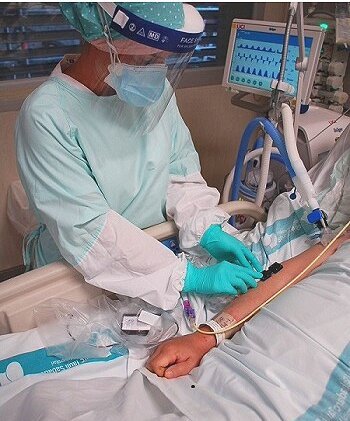
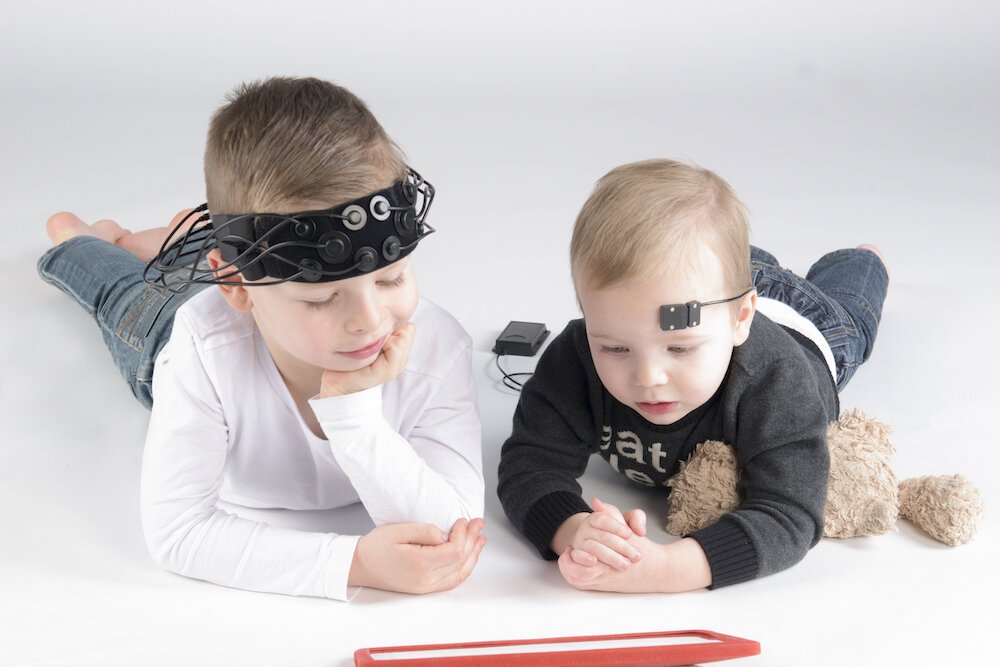
Both NIRS and HD-EMG are non-invasive and portable techniques for muscle measurements. Combining these two methodologies can provide complementary information and enable enhanced insights into muscle activity and metabolism in many applications. In this blogpost we explain both techniques and highlight the advantages of combining NIRS and HD-EMG!